Rocks of Ages

Campus buildings, especially the "Old Row," speak eloquently of provenance and endurance through their very stones.
Carnegie Library
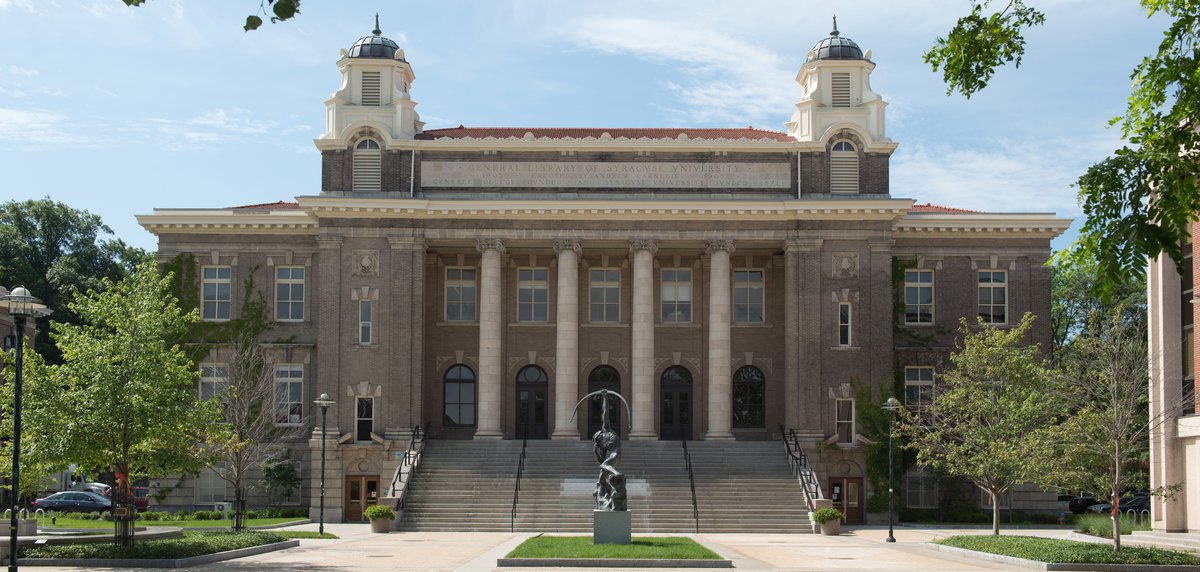
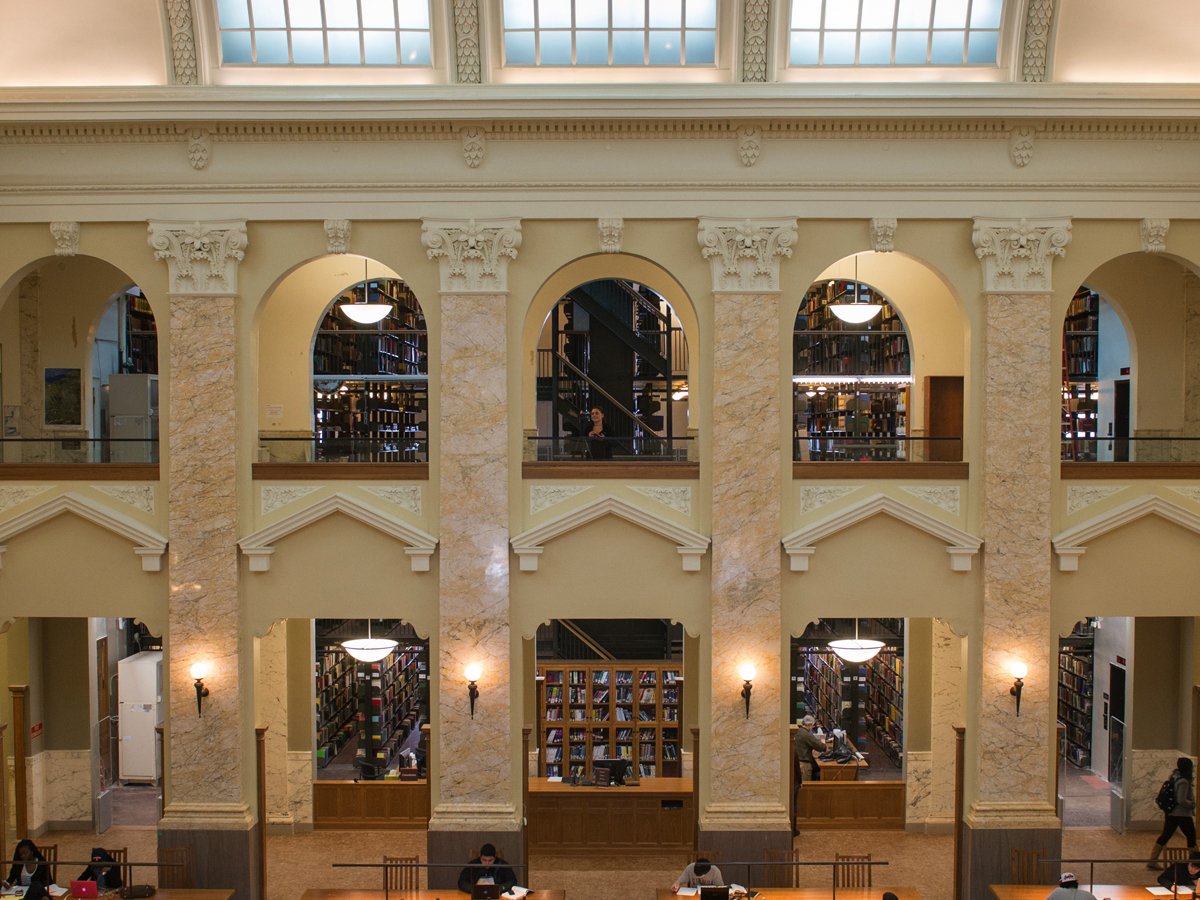
The Reading Room of Carnegie Library (opened in 1907 and restored in 2014) is embellished with intricate plaster-work details.
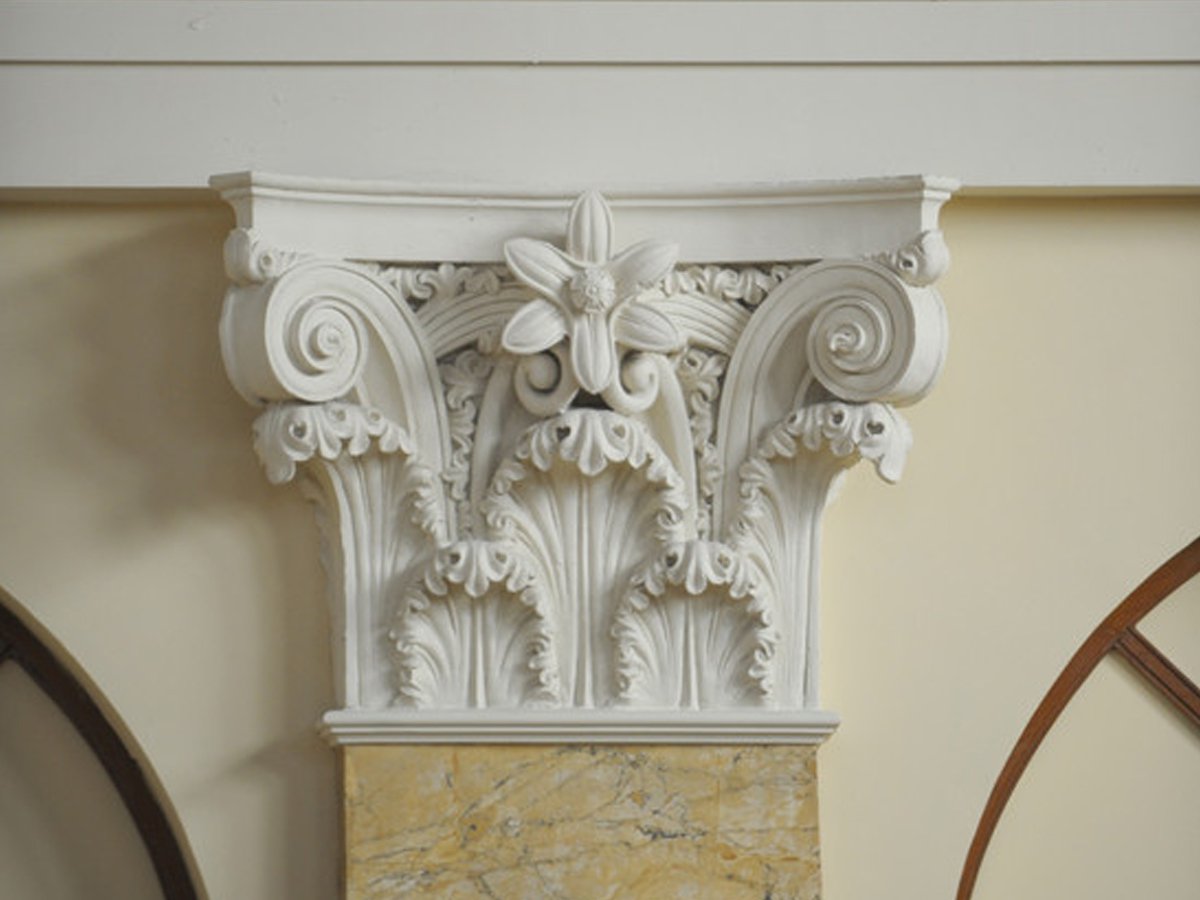
A close-up of the intricate plaster-work.
Tolley Hall
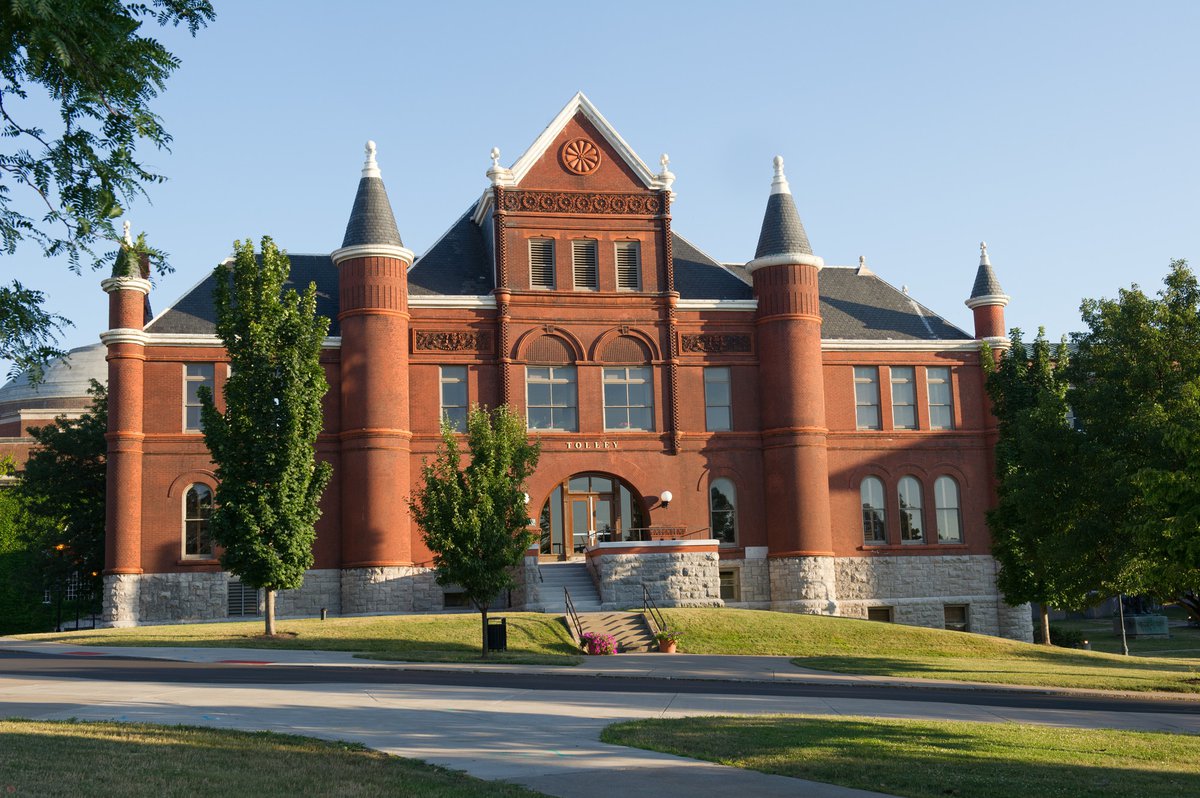
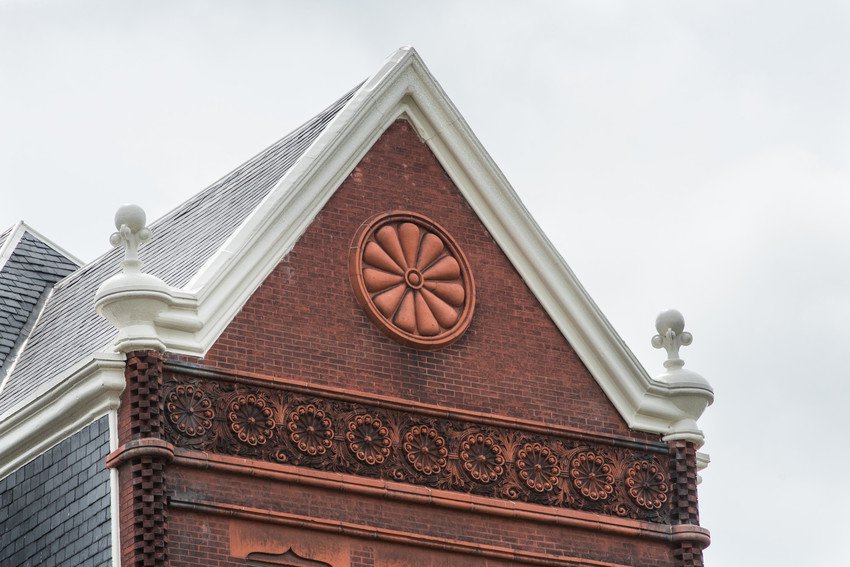
Terra cotta ornaments and red brick characterized the work of Archimedes Russell, architect of numerous buildings in Syracuse.
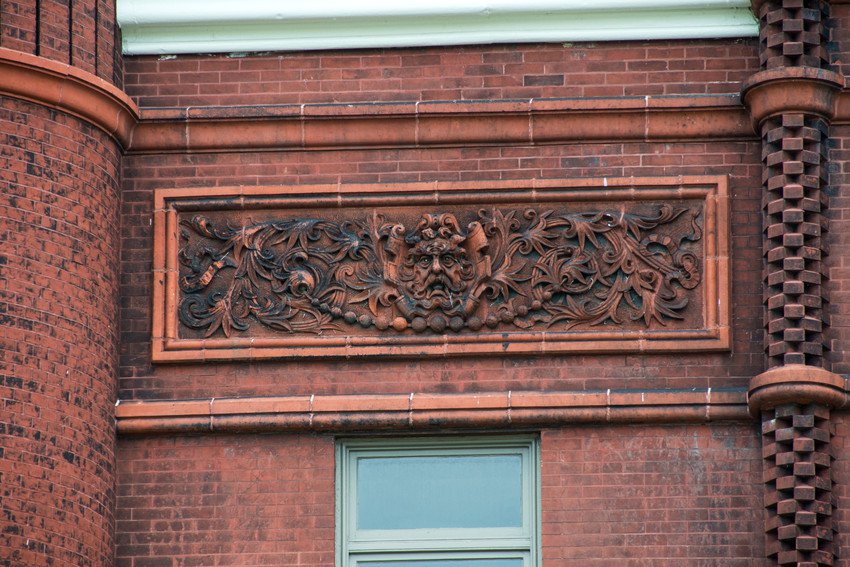
Detailed exterior of Tolley Hall. Find out more about the building's history at Tolley Hall Through the Years.
Hall of Languages
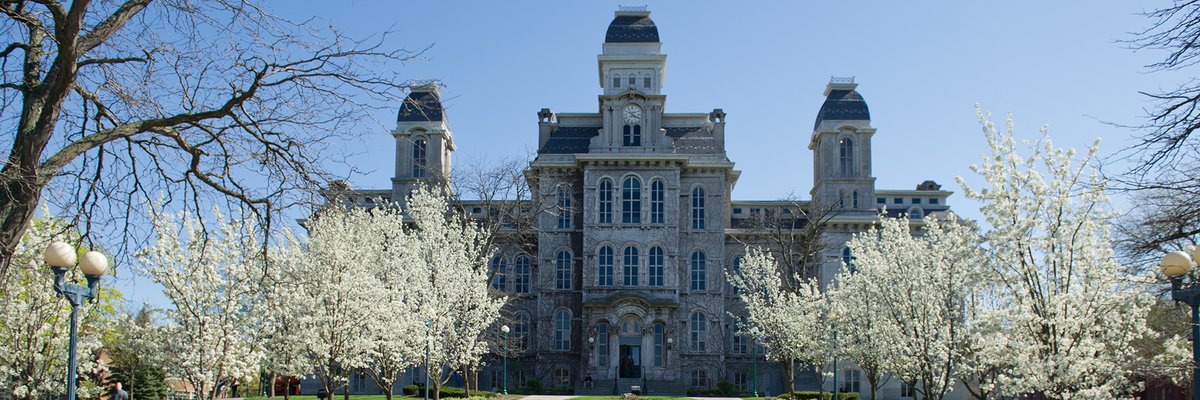
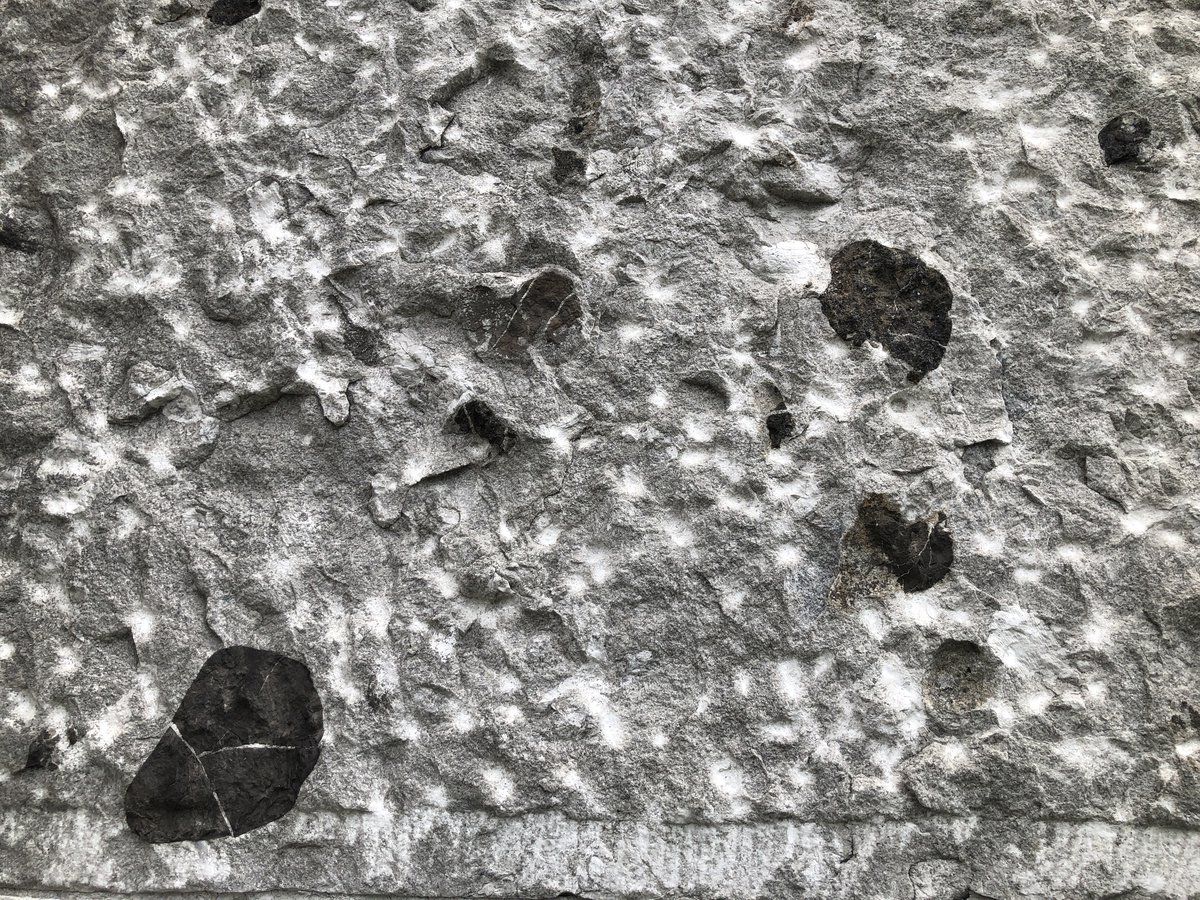
Corals and other ancient fossils visible in its gray limestone remind us that this hilltop landmark traces its origins to the sea.
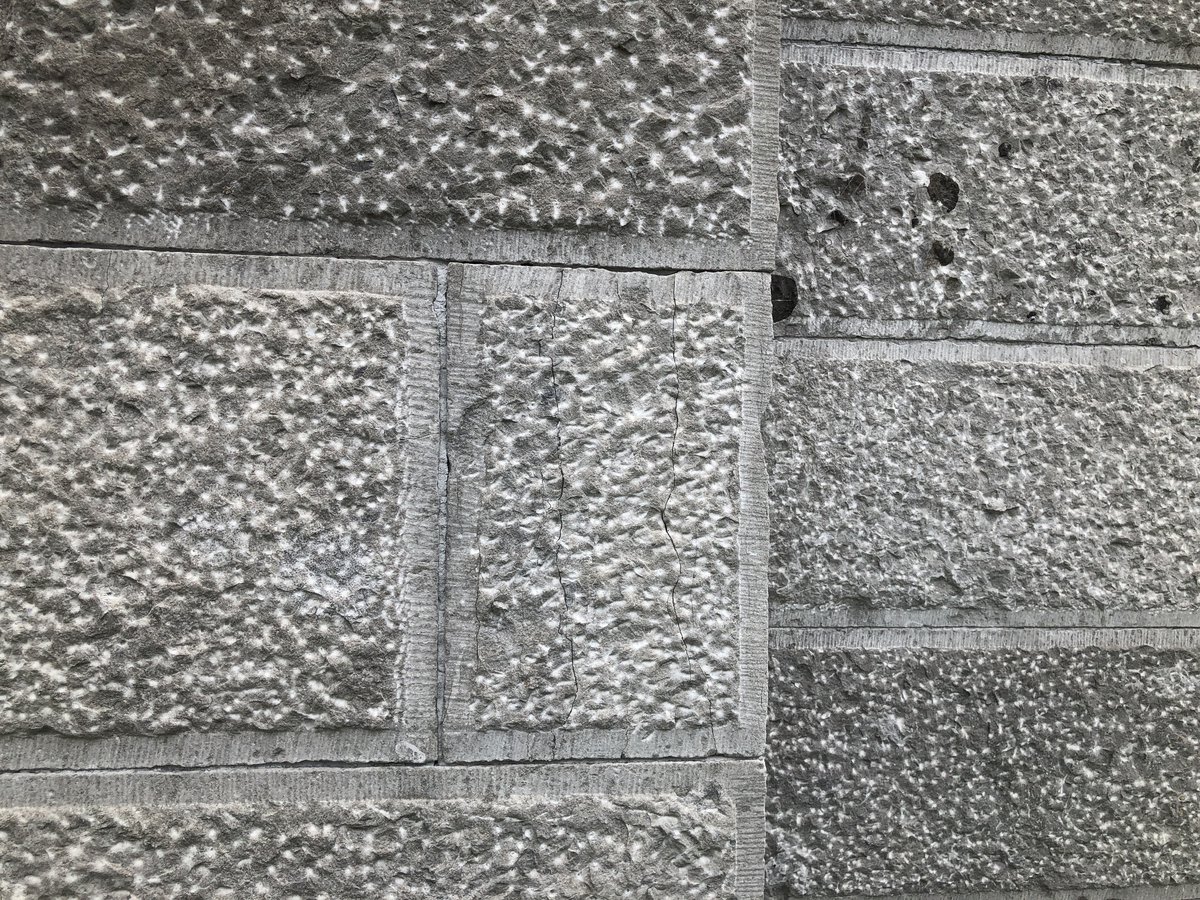
The building's limestone also shows features known as stylolites, a sedimentary structure consisting of a series of relatively small, toothlike columns of stone.
Holden Observatory
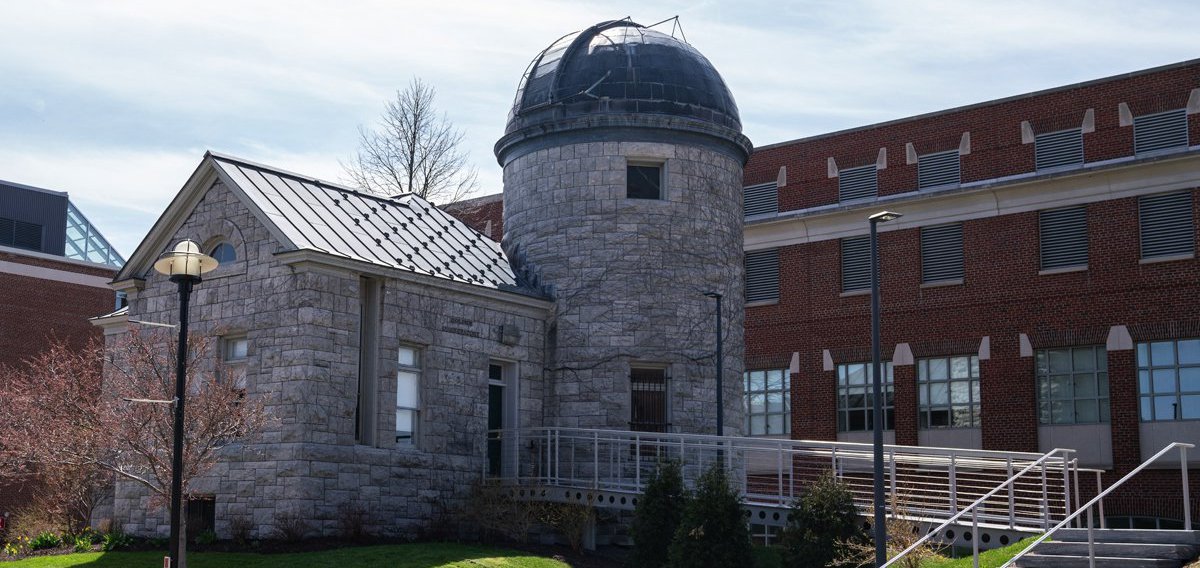
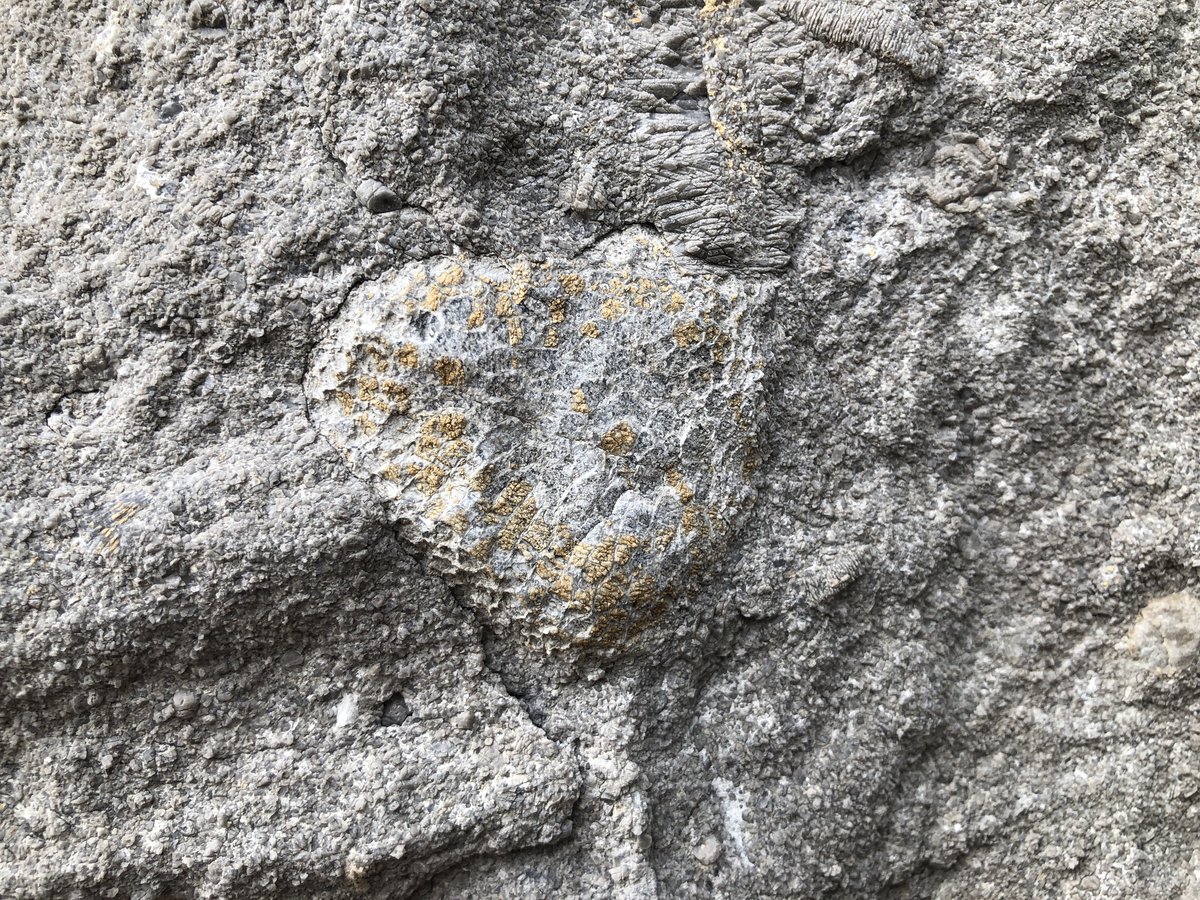
A heart-shaped fossil within the limestone that makes up the Holden Observatory.
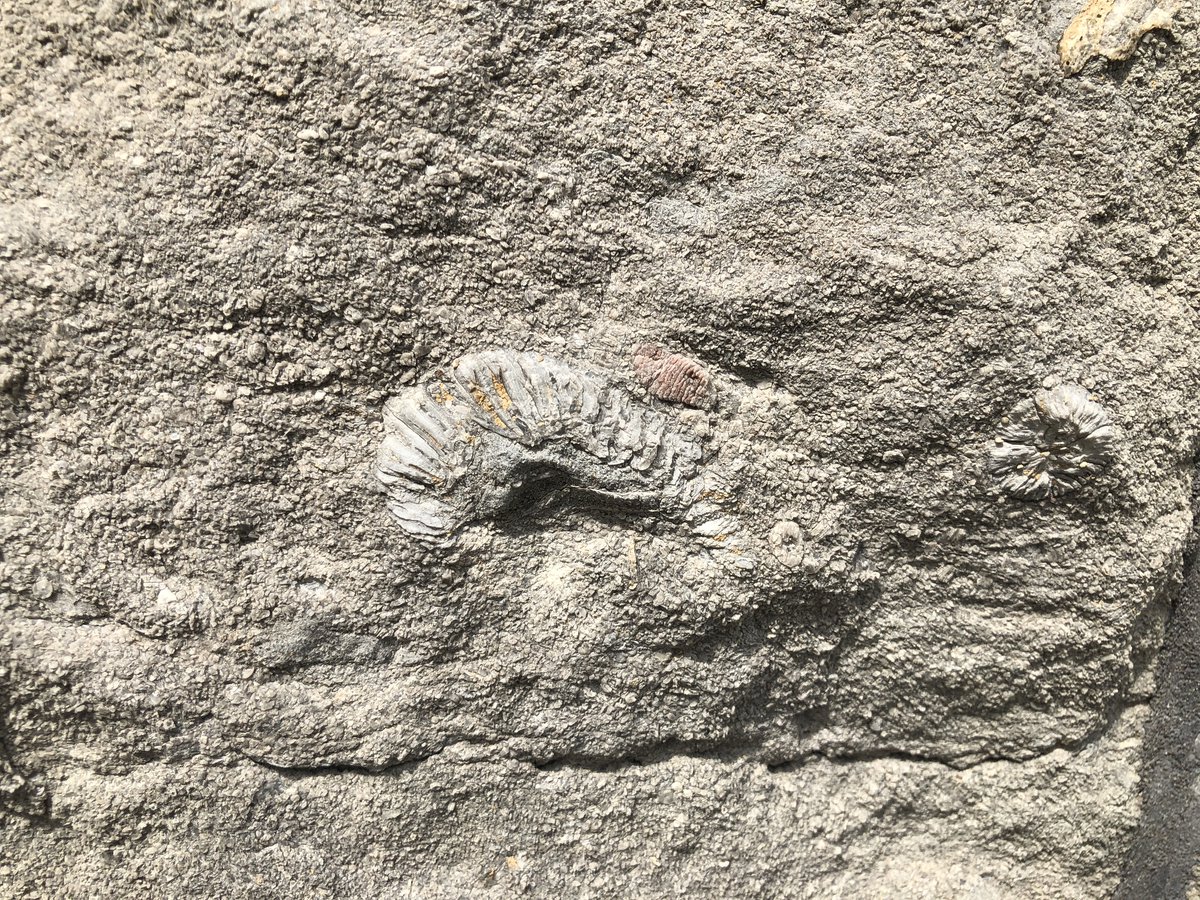
If you look closely, Holden Observatory's walls reveal various marine-type fossils.
We extend our gratitude to Daniel Curewitz, associate teaching professor in Earth and environmental sciences, who shared the unique history and origins of the rocks that built Syracuse University.

